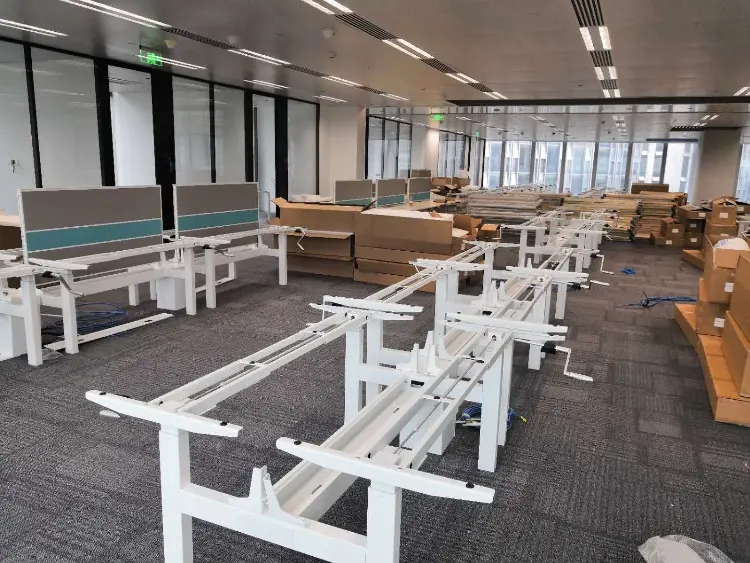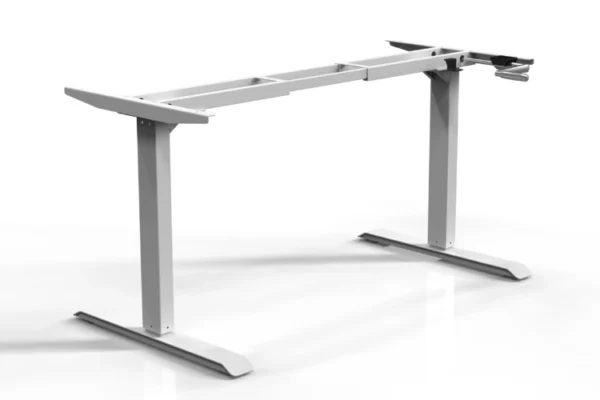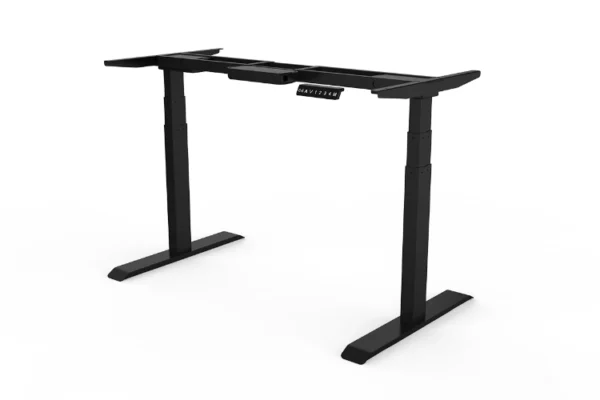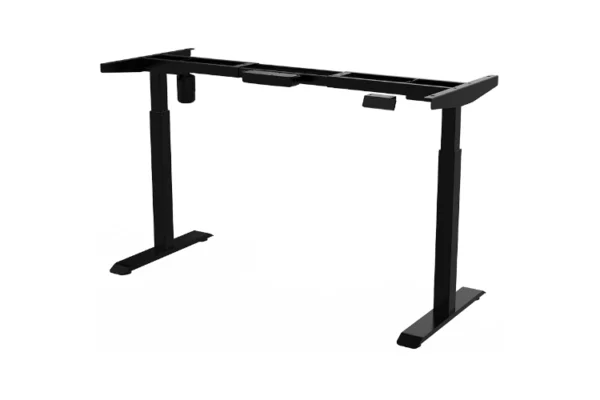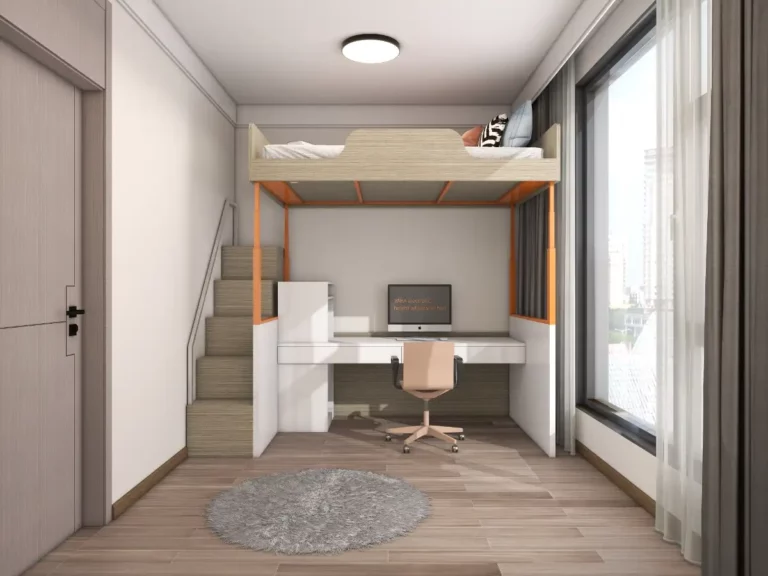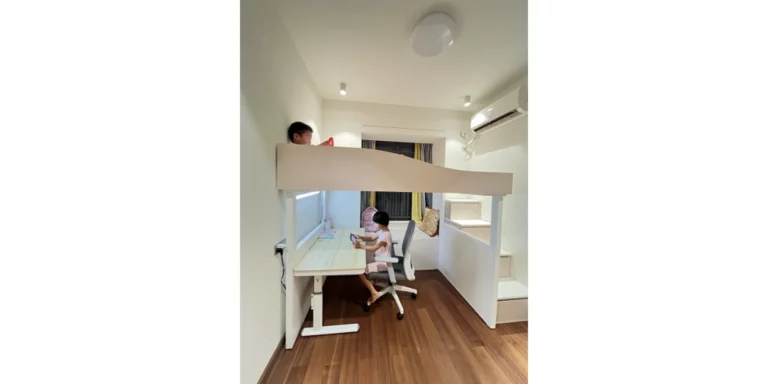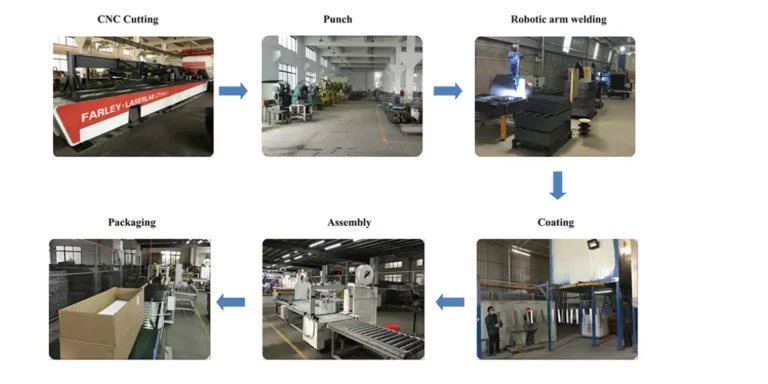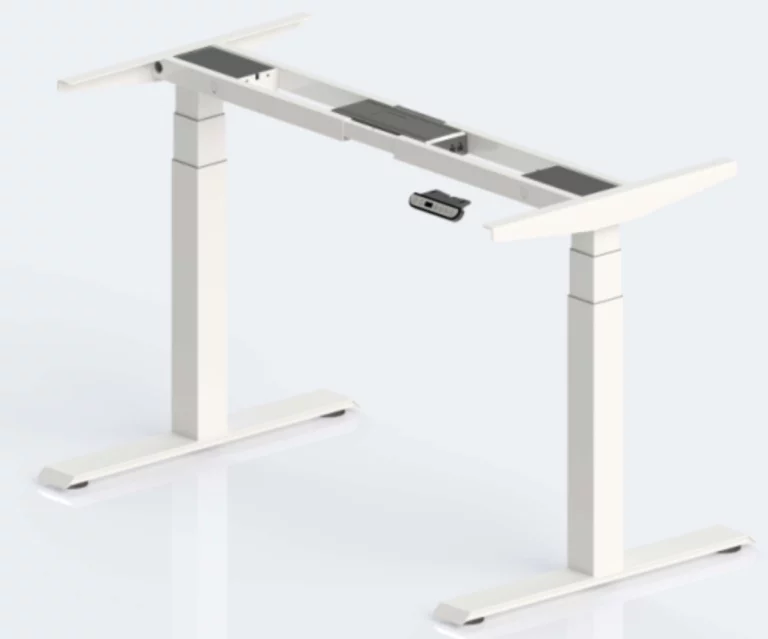A Brief History of Height-adjustable Desk
In today’s modern world, the height-adjustable desk has become increasingly popular in offices, homes, and educational institutions. These innovative pieces of furniture offer a range of benefits, from improved ergonomics to increased productivity. But where did height-adjustable desks come from? In this article, we will take a journey through the history of height-adjustable desks and explore how they have evolved over time.
Height-adjustable desks, also known as sit-stand desks, are desks that can be adjusted to different heights to accommodate the needs of the user. They are designed to allow users to switch between sitting and standing positions throughout the day, which can have a significant impact on health and productivity.
The concept of a height-adjustable desk is not new. In fact, it has been around for centuries. However, it is only in recent years that these desks have become widely available and popular. In this blog post, we will explore the history of height-adjustable desks, from their humble beginnings to their current status as a must-have piece of furniture for many people.
Early History
The history of height-adjustable desks can be traced back to ancient times. In ancient Egypt, scribes used adjustable writing desks made of wood and stone. These desks were designed to be used while sitting on the floor or on a low stool. The height of the desk could be adjusted by adding or removing blocks of wood or stone.
In ancient Greece and Rome, scholars and philosophers also used adjustable desks. These desks were often made of marble or bronze and were designed to be used while sitting on a chair or stool. The height of the desk could be adjusted by turning a screw or lever.
During the Middle Ages, height-adjustable desks were used by monks and scholars. These desks were often made of wood and were designed to be used while sitting on a bench or stool. The height of the desk could be adjusted by adding or removing blocks of wood.
Industrial Revolution
The Industrial Revolution brought about significant changes in the way people worked and lived. With the advent of mass production and mechanization, new types of furniture were developed to meet the needs of the growing industrial workforce.
One of the most significant developments during this time was the introduction of the adjustable office chair. These chairs were designed to provide comfort and support to workers who spent long hours sitting at a desk. The height of the chair could be adjusted using a lever or screw, allowing the user to find the most comfortable position.
As the demand for adjustable office chairs grew, so did the demand for adjustable desks. In the late 19th century, several inventors began to develop height-adjustable desks that could be used in offices and factories. These desks were often made of metal and were designed to be sturdy and durable.
One of the earliest examples of a height-adjustable desk from this period is the “Adjustable Desk Company” desk. This desk was patented in 1884 and featured a metal frame with a wooden top. The height of the desk could be adjusted using a hand crank, which raised or lowered the desk top.
Another early example is the “Elevating Desk” patented by George W. Johnson in 1891. This desk featured a metal frame with a pneumatic cylinder that could be used to adjust the height of the desk. The pneumatic cylinder was operated by a foot pedal, making it easy for the user to adjust the height of the desk without having to use their hands.
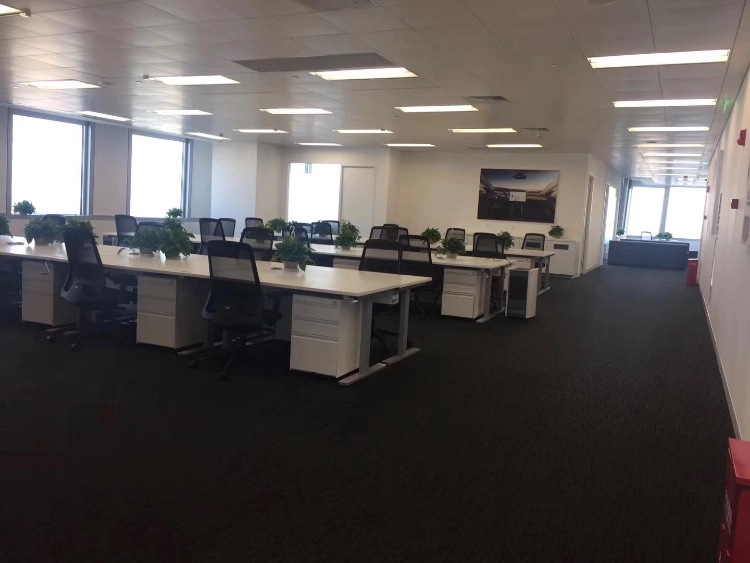
20th Century
The 20th century saw significant advancements in the design and functionality of height-adjustable desks. With the rise of the office environment and the increasing focus on ergonomics, manufacturers began to develop desks that were not only adjustable but also comfortable and functional.
In the early 1900s, height-adjustable desks were mainly used in offices and factories. These desks were often large and heavy, and they required a significant amount of manual effort to adjust the height. However, as technology advanced, so did the design of height-adjustable desks.
In the 1920s and 1930s, several manufacturers began to produce desks that were smaller and more lightweight. These desks were often made of metal and wood and featured simple mechanisms for adjusting the height. Some desks even had built-in storage compartments and drawers, making them more functional and convenient.
During World War II, height-adjustable desks were used in military offices and factories. These desks were designed to be sturdy and durable, and they often had special features such as adjustable lighting and ventilation.
After the war, the demand for height-adjustable desks continued to grow. In the 1950s and 1960s, several manufacturers began to produce desks that were designed specifically for home use. These desks were often smaller and more stylish than their office counterparts, and they featured modern designs and colors.
In the 1970s and 1980s, height-adjustable desks became more popular in offices and educational institutions. With the growing awareness of the importance of ergonomics, manufacturers began to develop desks that were designed to reduce back pain and improve posture. These desks often had adjustable keyboard trays and monitor stands, as well as features such as tilt tops and cable management systems.
Modern Era
The 21st century has seen a significant increase in the popularity of height-adjustable desks. With the rise of the digital age and the increasing focus on health and wellness, more and more people are looking for ways to improve their work environment and reduce the negative effects of sitting for long periods of time.
Today, height-adjustable desks are available in a wide range of styles and designs. From traditional wooden desks to modern metal and glass designs, there is a height-adjustable desk to suit every taste and budget.
One of the most significant developments in recent years has been the introduction of electric height-adjustable worksurfaces. These desks use a motor to adjust the height of the desk, making it easy for the user to switch between sitting and standing positions with the push of a button. Electric height-adjustable desks are often more expensive than manual desks, but they offer greater convenience and ease of use.
Another trend in the modern era is the integration of technology into height-adjustable desks. Some desks now come with built-in USB ports, wireless chargers, and Bluetooth speakers, making it easier for users to stay connected and productive.
In addition to offices and homes, height-adjustable desks are also being used in educational institutions. Schools and universities are increasingly recognizing the importance of providing students with ergonomic workspaces, and many are investing in height-adjustable desks to improve the learning environment.
Benefits of Height-adjustable Desks
There are many benefits to using a height-adjustable desk. Some of the most significant benefits include:
Improved Ergonomics
One of the main benefits of a height-adjustable desk is improved ergonomics. By allowing users to adjust the height of the desk to their individual needs, these desks can help reduce back pain, neck pain, and shoulder pain. Sitting for long periods of time can put a strain on the body, but by switching between sitting and standing positions throughout the day, users can reduce the risk of developing musculoskeletal disorders.
Increased Productivity
Height-adjustable desks can also increase productivity. By allowing users to switch between sitting and standing positions, these desks can help improve blood circulation and reduce fatigue. This can lead to increased focus and concentration, as well as improved energy levels throughout the day.
Better Posture
Using a height-adjustable desk can also help improve posture. By adjusting the height of the desk to the correct level, users can ensure that their shoulders are relaxed, their back is straight, and their eyes are at the correct height. This can help reduce the risk of developing poor posture habits, which can lead to back pain and other health problems.
Customization
Height-adjustable desks offer a high degree of customization. Users can adjust the height of the desk to suit their individual needs, as well as adjust the keyboard tray and monitor stand to ensure optimal comfort and visibility. This can help users create a workspace that is tailored to their specific requirements.
Versatility
Height-adjustable desks are also highly versatile. They can be used in a variety of settings, including offices, homes, and educational institutions. They can also be used by people of different heights and body types, making them a great option for shared workspaces.
Choosing the Right Height-adjustable Desk
When choosing a height-adjustable desk, there are several factors to consider. Some of the most important factors include:
Size and Space Requirements
The size and space requirements of the desk are an important consideration. Make sure to measure the available space in your office or home and choose a desk that will fit comfortably. Consider the height and width of the desk, as well as the depth of the work surface.
Adjustability Range
The adjustability range of the desk is also important. Make sure to choose a desk that can be adjusted to a wide range of heights to accommodate your individual needs. Some desks can be adjusted from as low as 25 inches to as high as 50 inches, while others may have a more limited range.
Stability and Durability
Stability and durability are also important factors to consider. Make sure to choose a desk that is sturdy and well-built, with a stable base and frame. Look for desks that are made of high-quality materials such as metal or wood, and that have a weight capacity that is sufficient for your needs.
Features and Accessories
Consider the features and accessories that come with the desk. Some desks may have built-in USB ports, wireless chargers, or cable management systems, while others may have adjustable keyboard trays and monitor stands. Choose a desk that has the features and accessories that are most important to you.
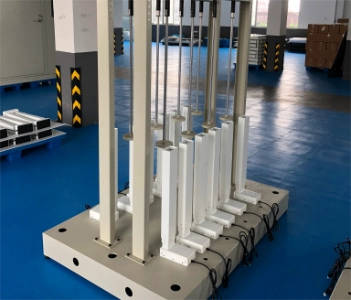
Price
Price is also an important consideration. Height-adjustable desks can range in price from a few hundred dollars to several thousand dollars. Determine your budget and choose a desk that offers the best value for your money.
Height-adjustable desks have come a long way since their humble beginnings. From ancient Egyptian scribes to modern office workers, these desks have evolved to meet the changing needs of people throughout history. Today, height-adjustable desks are more popular than ever, offering a range of benefits from improved ergonomics to increased productivity.
When choosing a height-adjustable desk, it is important to consider your individual needs and preferences. Consider factors such as size, adjustability range, stability, features, and price to find the desk that is right for you. Whether you are looking for a desk for your home office, your workplace, or your classroom, a height-adjustable desk can be a great investment in your health and productivity.
Vaka is pround to be one of the leading ergonomic standing desk frame suppliers and manufacturers frome China.
Felix liu

